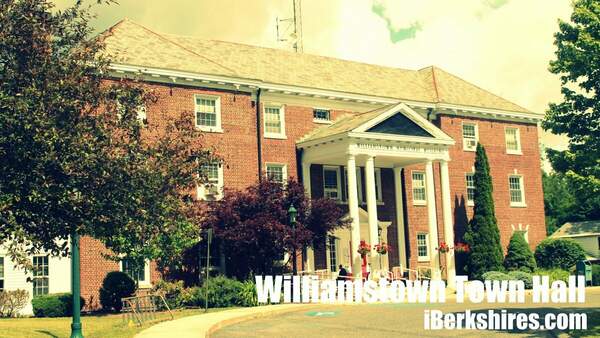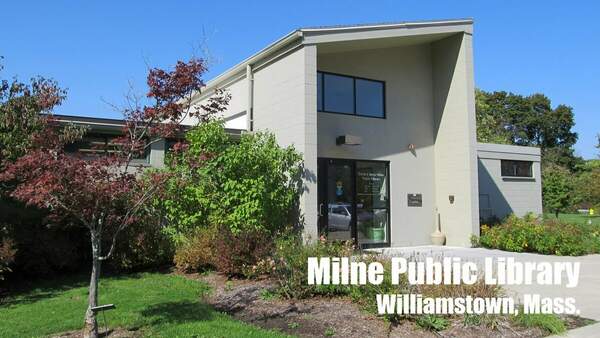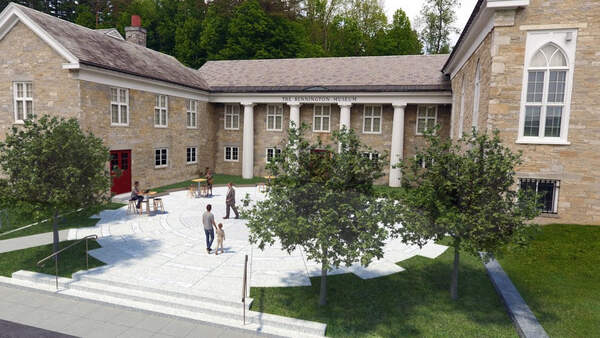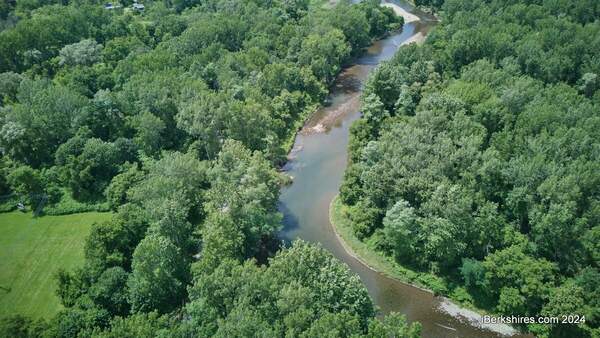
NARH Emergency Room Closed; Attorney General Investigating
 Union members pack up to evacuate the building by police order. Union members pack up to evacuate the building by police order. |
NORTH ADAMS, Mass. — Last-ditch efforts to keep at the emergency room doors open at North Adams Regional Hospital have come to naught.
The Emergency Department is closed effective immediately and patients are being diverted to Berkshire Medical Center in Pittsfield and Southwestern Vermont Medical Center in Bennington, Vt.
Union and community members were being removed from the building at 4 p.m. and an amended temporary restraining order no longer enjoins Northern Berkshire Healthcare to continue operating the Emergency Department until it has "exhausted all funds."
"Since our court hearing yesterday, we received further information that the closure of North Adams Regional Hospital was even more precipitous than previously understood," said Attorney General Martha Coakley in statement.
"As a result, we have proposed a revised order, if allowed by the court, which would no longer prohibit the closure of the emergency room at NARH. We have asked the court to enter a revised order that will maintain the ability for Berkshire Medical Center to access the hospital and help facilitate a prompt transition to BMC's provision of emergency services at NARH."
The revised order can be found here.
Coakley has also directed her Non-Profit Organizations/Charities Division to conduct a full investigation into the actions of the board of trustees. According to DPH regulations, a 90-day notice must be given in the case of cessation of "essential hospital services."
The attorney general's office, which requested the restraining order from Berkshire Superior Court pending an injunction hearing next week, is allowing the closure until Berkshire Medical Center obtains a temporary license.
BMC is designated by the court as the operator of the satellite emergency facility, pending a license from the Department of Public Health.
BMC spokesman Michael Leary declined to comment on any matters related to the operations, including whether BMC is still pursuing or has obtained such a license. Leary sent a statement later that said the "multipart application process has been initiated" but the time line was not clear.
Union members said BMC representatives were on the hospital campus earlier Friday but "escorted" out by police after protesters attempted to enter the administrative offices.
Doctors and nurses in the ER were reportedly told to leave the facility at about 4 and ambulances were no longer bringing in patients.
North Adams, Adams, Pittsfield and Lenox police, along with state police and sheriff's deputies, were on the scene at various times.
Coakley said the decision to allow the NARH emergency room to close was based on the fact that "critical staff and supplies were no longer available at the hospital."
Member of the Massachusetts Nurses Association and 1199SEIU claim that's not the case.
Representatives of 1199SEIU said they had been told that the DPH, as well as the ER's medical director, had confirmed it would safe to operate the emergency room and that administration wasn't being straightforward about the amount of supplies.
"Honestly, it sounded like they were saying the same things over and over again," said Cindy Bird, after meeting with the administration. For example, she said they were counting a "week's worth" of oxygen for the whole hospital, not the ER.
They were also getting mixed message on staffing, with administration saying there was a shortage at NARH and BMC, while the medical director was saying the staffing was adequate.
MNA said the amended restraining order was at the request of the attorneys for NBH and BMC.
"This is despite the fact that staff are at the hospital ready and willing to provide all services necessary to keep the ED open until a long-term solution is found to restore the facility as a full service hospital," the union stated.
A community meeting planned for 5 p.m. on Friday at the hospital has been moved to the American Legion Hall.
NBH issued a brief statement:
The Attorney General recognizes, and the court agrees, that maintaining Emergency Department services at North Adams Regional Hospital is not feasible without an appropriate funding source and that a planned closure may proceed.
Therefore, the NARH Emergency Department will not accept patients effective immediately. Patients needing emergency care are directed to Berkshire Medical Center in Pittsfield, and Southwestern Vermont Medical Center in Bennington, Vermont.
We will continue to work with local and regional stakeholders to attempt to provide emergency services as soon as clinical and financial obligations can be met.
Local ambulance services have been notified that patients should be brought to other facilities.
Staff writers Tammy Daniels, Stephen Dravis and Jack Guerino contributed to this report.
Tags: closure, hospital, NARH, NBH,















